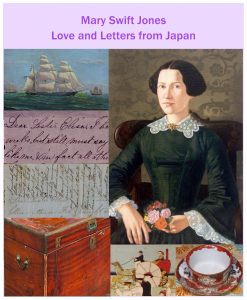By Tim Haggerty and Jeffrey Sanzel
Looking for entertainment? Distraction? Introspection? This fall’s crop of new films offers a wide range of possibilities, from documentaries and biopics to comedy, horror and sequels.
WOLFS (September 20) Two professional “fixers (Brad Pitt and George Clooney) discover they are hired for the same job. While seemingly a throwback to an early time, the star power makes this a top choice for an evening of good old-fashioned escape. Rated R
A DIFFERENT MAN (September 20) Sebastian Stan plays Edward, an actor with neurofibromatosis who is cured of his facial disfigurement by an experimental surgery. But the change turns out to be a mixed blessing. Adam Pearson, who has neurofibromatosis, gives one of the year’s most compelling performances. Rated R
LEE (September 27) This biopic includes an all-star cast, led by Kate Winslet as Lee Miller, the model-turned-photographer, whose photos of World War II—especially the Nazi concentration camps—changed the way the world viewed war. In addition to Winslet, the cast includes Andy Samberg, Alexander Skarsgard, and Marion Cotillard. Rated R
MEGALOPOLIS (September 27) After decades of development, Francis Ford Coppola offers an epic tale of a crumbling fictional empire that reflects the contemporary United States. A visionary (Adam Driver) dreams of a utopian society in this massive undertaking that includes Giancarlo Esposito and Shia LeBeouf in drag. Rated R
WILL & HARPER (September 27) Will Ferrell first met Harper Steele when the two joined “Saturday Night Live,” and they remained close friends and collaborators for nearly three decades. When Harper came out as a trans woman in 2022, they embarked on a road trip —creating a film that reflects how the country views the LGBTQ+ community. Rated R
JOKER: FOLIE A DEUX (October 4) The much anticipated/dreaded sequel shows Joaquin Phoenix in his unique take on the infamous villain, joined by Lady Gaga as Harley Quinn, the Joker’s partner in crime. And, apparently, it is a musical. Rated R
THE OUTRUN (October 4) The great Saoirse Ronan portrays writer Amy Liptrot in this adaptation of the latter’s memoir of addiction and redemption from London to the Scottish Isles. Rated R
PIECE BY PIECE (October 11) Filmmaker Morgan Neville presents a documentary on the life of musician Pharrell Williams, the creator of “Happy” and “Get Lucky.” The twist? Neville tells Williams’ story via LEGOs. Rated PG
SATURDAY NIGHT (October 11) The Saturday Night Live origin story focuses on creating the extraordinary show’s first episode. As producer Lorne Michaels, Gabrielle LaBelle heads a company that includes Willem Dafoe, Dylan O’Brien, Cooper Hoffman, Finn Wolfhard, Lamorne Morris, J.K. Simmons, and Nicholas Braun. Rated R
RUMOURS (October 18) World leaders get lost in a hallucinogenic forest the night before the annual G7 summit. The bizarre premise shifts into a survivalist turn. Cate Blanchett, Alicia Vikander, Denis Ménochet, Nikki Amuka-Bird, and Charles Dance appear in Canadian filmmaker Guy Maddin’s startling outing. Rated R
SMILE 2 (October 18) The Halloween season would be incomplete without a horror sequel—in this case, the 2022 hit about an entity that feeds on trauma and causes people to grin maniacally. It is a good bet that this will not be a one-off follow-up but, instead, the launch of a new franchise. Rated R
THE NICKEL BOYS (October 25) Documentarian RaMell Ross wrote and directed this adaptation of Colson Whitehead’s Pulitzer Prize-winning novel chronicling a 1960s reform school, suggested by the Dozier School, the brutal and infamous real-life institution. Rated PG-13
HERE (November 1) Forrest Gump veterans Tom Hanks and Robin Wright reunite with director Robert Zemeckis in this high-concept story that focuses on one patch of ground over thousands of years—from ancient civilization to modern-day suburbs. Rated PG-13
GLADIAT0R 2 (November 22) Ridley Scott’s sword-and-sandal sequel to his 2000 Oscar-winner presents Paul Mescal as the adult Lucius Verus (nephew of Joaquin Phoenix’s Commodus). He is joined by Connie Nielsen, Denzel Washington, Pedro Pascal, and I, Claudius star Sir Derek Jacobi. Rated R
THE PIANO LESSON (November 22) Denzel Washington’s commitment to presenting August Wilson’s Century Cycle plays continues with the playwright’s 1987 drama about a feud over a piano representing a family’s history. If it is half as good as “Fences,” this promises to be one of the best fall films. Rated R
WICKED (November 22) The first part of the adaptation of the long-running Broadway musical comes to the big screen, with Cynthia Erivo as Elphaba, the woman who will become the Wicked Witch of the West. Ariana Grande joins her as her frenemy, G(a)linda, and Jeff Goldblum as the Wizard of Oz. Rated PG-13
MOANA 2 (November 27) Disney’s 2016 animated hit gets a follow-up in “further adventures of,” featuring original voices Auli’i Cravalho and Dwayne Johnson. Rated PG
MUFASA: THE LION KING (December 6) A prequel to “The Lion King,” director Barry Jenkins tells the tale of Simba’s late father Mufasa and how he became king of the jungle. Rated PG-13
NOSFERATU (December 25) Robert Eggers (The Witch, The Lighthouse) helms the second remake of F.W. Murnau’s 1922 film, the first cinematic telling of Dracula. Bill Skarsgard dons the vampiric cloak of Count Orlock with Lily-Rose Depp, the object of his desire. Rated R
This article originally appeared in TBR News Media’s Harvest Times supplement on Sept. 12.

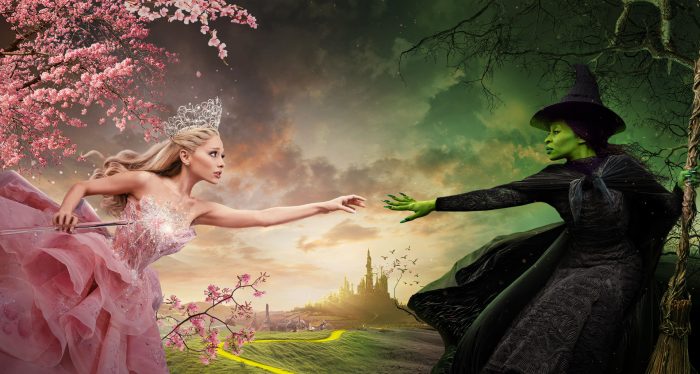




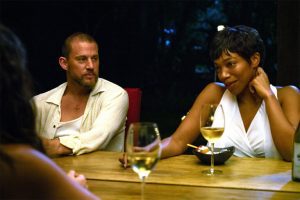

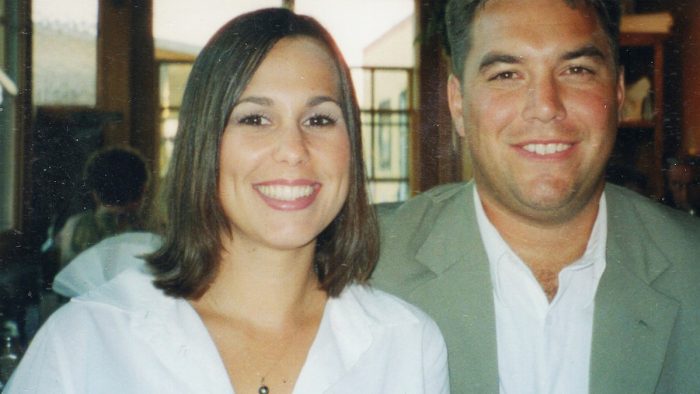
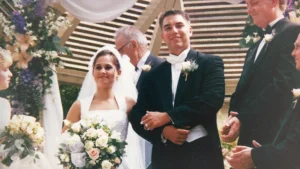
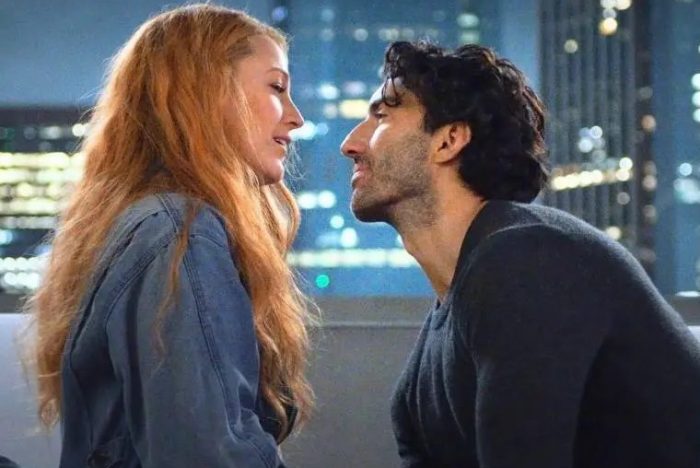


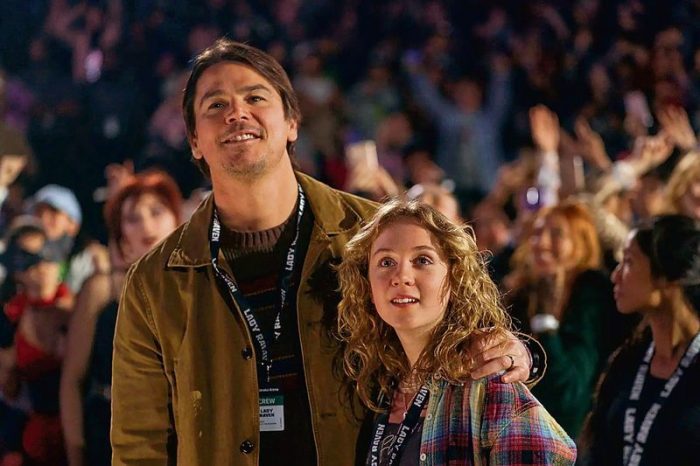


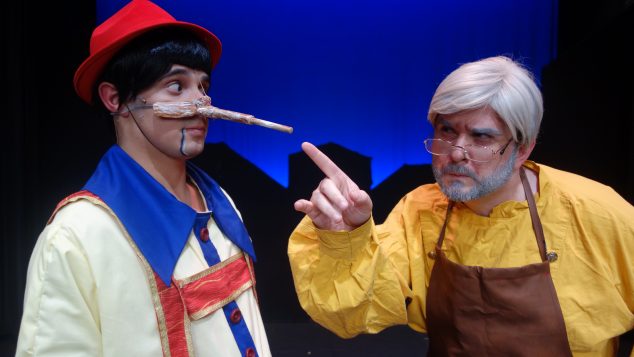
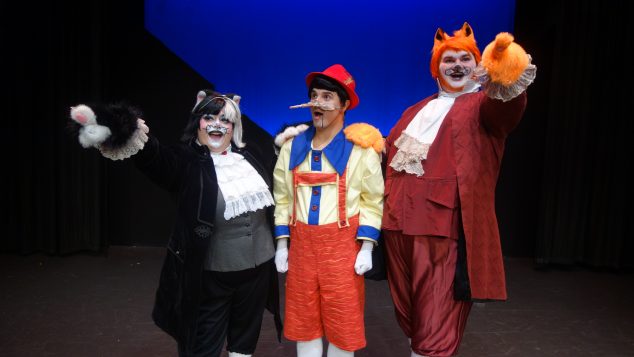

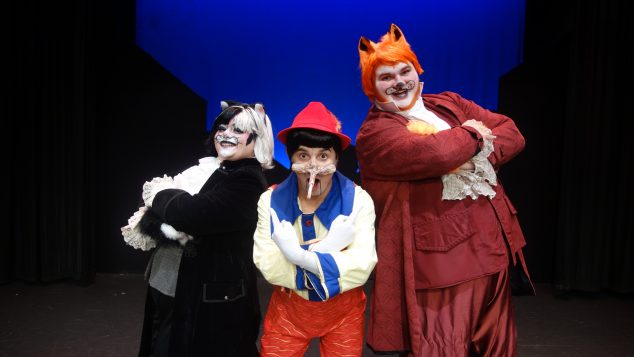
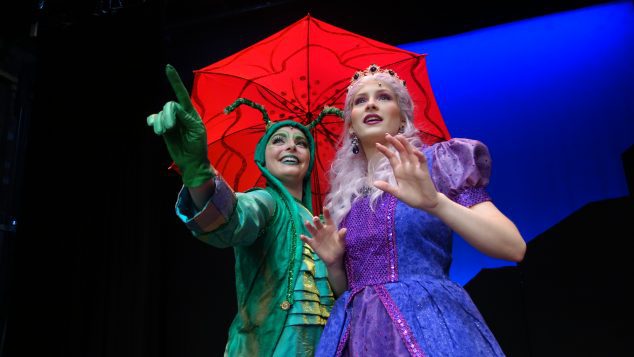
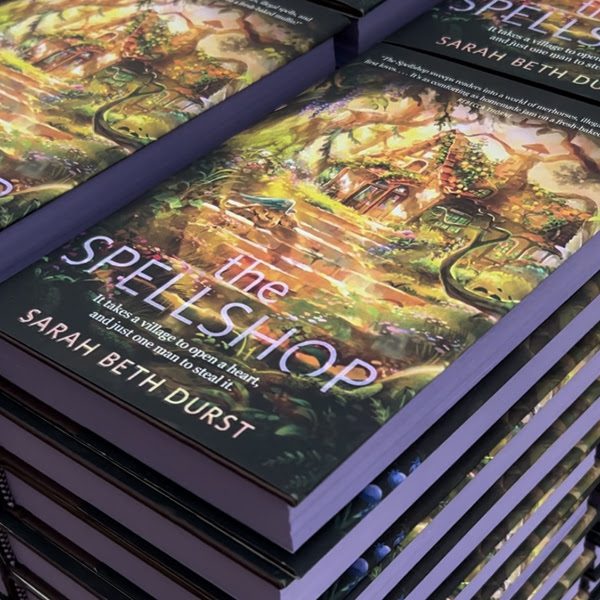

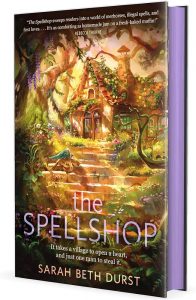 Durst populates The Spellshop with a wonderful integration of the expected and fantastical. Here, four-armed harpists dwell side-by-side with centaurs. The forest is full of cloud-like bear spirits and unicorns. Winged cats take up residence on roofs and shelter in attics during storms.
Durst populates The Spellshop with a wonderful integration of the expected and fantastical. Here, four-armed harpists dwell side-by-side with centaurs. The forest is full of cloud-like bear spirits and unicorns. Winged cats take up residence on roofs and shelter in attics during storms.
